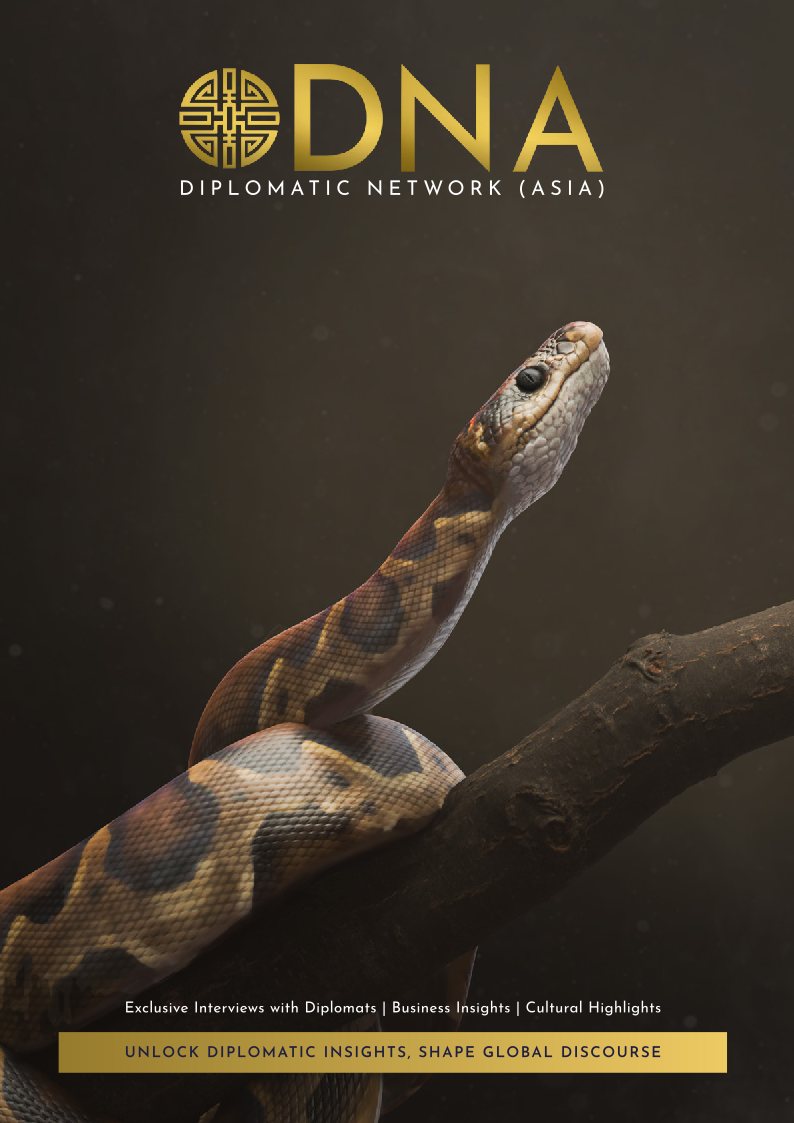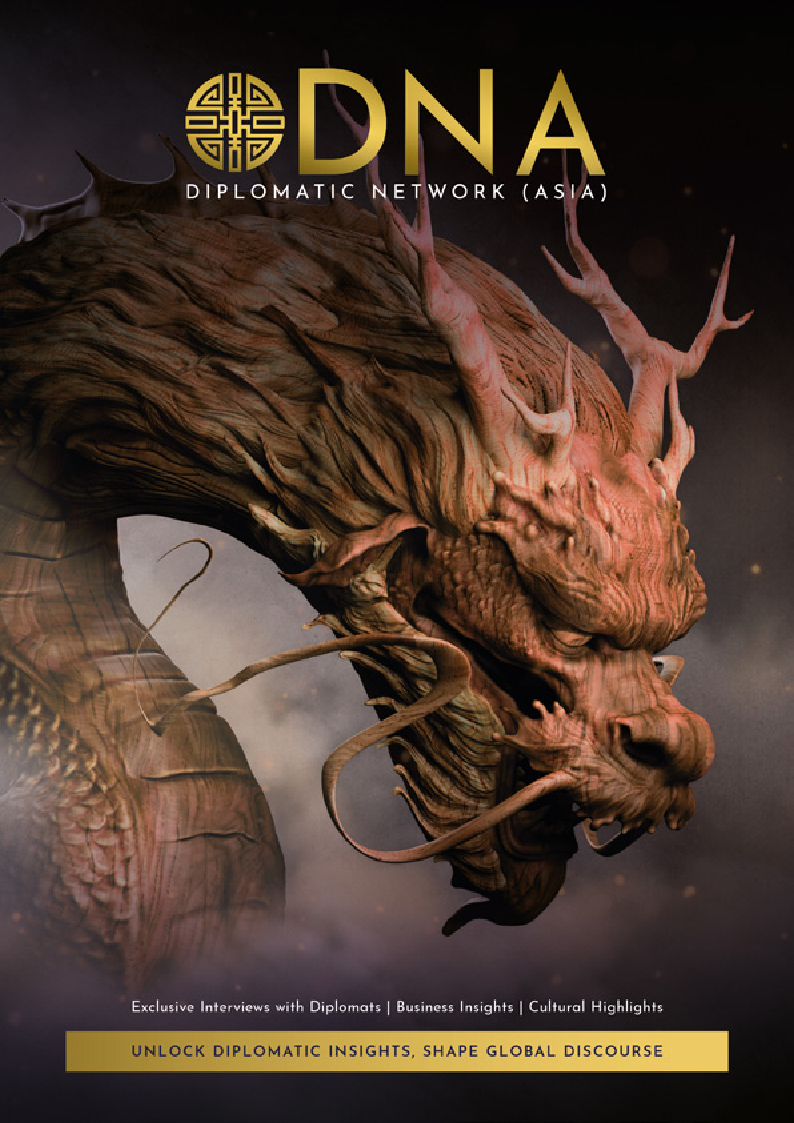A small team from AI Singapore is showing the world what is possible when artificial intelligence is applied to low-resource languages.
The team has developed an AI-assisted writing tool, aptly named StorywrAIter, which enables parents and children to work together to create children’s stories in the Malay language.
The tool provides guidance in the idea development process, offering suggestions when the writer is stuck, and generates a first draft. Users can edit the first draft and create a final piece. It aims to encourage creativity and storytelling among children while exploring the capabilities of large language models in low resource languages such as Malay.
The tool was developed by the AI Products team which is part of AI Singapore, also known as AISG. AISG is a national research and development programme in AI which aims to build deep national capabilities in AI.
Adapt and overcome
“We are showing the world that we can very quickly adapt [to new technologies]. We can show the value of how these technologies can be applied to underrepresented cultures and languages,” Leslie Teo, the senior director of AI Products at AISG, told Diplomatic Network (Asia).
Low-resource languages are languages that have limited digital resources available. These languages often lack the extensive linguistic datasets, tools and research that are available for more widely spoken languages.
“We wanted to address problems that exist in non-English languages,” Aska Kuwabara, the head of applications of AI Products at AISG, said.
“There are a lot of story writers in English. But do we see any story writers in Malay?” Teo added.
This was the team’s mission: to fill that gap.
ChatGPT technology
“We wanted to show that this technology is not only beneficial to the English language,” Teo said.
StorywrAIter uses the same technology as chatbot ChatGPT, called large language models.
A large language model is a type of AI model designed to understand and generate human-like text based on the patterns it learns from massive amounts of training data.
StorywrAIter gives users the space to input their own prompts, as well as giving suggestions, to generate personalised stories.
Bonding in the tech era
Kuwabara, who is a parent herself, said that StorywrAIter offers an opportunity for parents to bond with their children in a way that celebrates and solidifies their culture.
“StorywrAIter aims to help parents who are native Bahasa speakers to kind of capture the moment of kids’ creativity in a more concrete way,” she said.
“My son is six years old, and he always comes up with different stories, like really wild stories. He mixes up fantasy elements, whatever he’s seen on TV and things that have happened in his life. And then he creates these stories that I’m fascinated by.”
These stories are often fleeting though. They come and go. These moments of unhinged creativity struggle to find an anchor in time except for vague memories.
StorywrAIter offers a way in which parents and children can expand upon these stories and create a final product to be stored and reread later – all in their native tongue.
Culturally, this keeps children interested and engaged with their roots at a time when the cultural sphere is dominated by higher resource languages.
“Particularly in Singapore, you find that parents who speak Malay, their children speak mostly English. It’s very hard to motivate children, who face a majority English speaking environment, to use the Malay language,” Teo said.
Bringing the best out
On the creation of StorywrAIter, Kuwabara said that she wanted to create something in the short-term to show what was possible with the technology.
“From ideation to deployment, we took less than three months. [We created it] with a very small group of engineers, product managers and a product designer.”
With the explosive growth of AI, many feel that it threatens human creators. At least for StorywrAIter, this is not the case.
“We don’t believe that these tools replace humans. It would be very sad if we built a tool that could replace a human. What we really want is to bring the best out of humans,” Teo said.
The AI Products team hopes to put Southeast Asia on the digital map while simultaneously telling the world that the region deserves a place in our rapidly developing history.
“These are very powerful models. We want to make sure that our region is represented [within the sphere of AI]. It’s not just about the language. It’s about history. It’s about the culture and the events.”
“Let’s make sure that our part of the world is also represented in this history.”
If you enjoyed this interview, you might enjoy DNA‘s interview with Thai Michelin star chef, Chef Pam.







